[最新] e natural minor scale notes 295807-E natural minor scale notes
In contrast, the E natural minor scale has a whole tone (two halftones / semitones, two notes on the piano keyboard) between the 7th and 8th notes, and the 7th note does not lean towards the 8th note in the same way In this case, the 7th note is called the subtonic Keys in the harmonic minor scaleE minor has only one sharp (Fsharp) in its key signature, so scale degree seven in E natural minor is Dnatural (We also call this the "subtonic") Meanwhile, there's another minor scale that we call "harmonic minor" this is a natural minor scale where you raise scale degree seven, thus using the leading tone instead of the subtonicList of all Natural Minor Scales There are 12 natural minor scales Natural minor scale with no sharp or flat A Minor Scale A – B – C – D – E – F – G

Harmonic Minor Scale On Bass Fingerings For Bass Guitar
E natural minor scale notes
E natural minor scale notes-Notes in the E natural minor scale E, F♯, G, A, B, C, D Scale Formula W, H, W, W, H, W, W W Whole Step, H Half Step E natural minor scale notes on pianoHere are the fingering charts of the D Minor minor scale Note i — Dsharp / Eflat Note ii — Esharp Note iii — Fsharp Note iv — Gsharp Note v — Asharp Note vi — B Note vii — Csharp Note i — Dsharp The E Minor Scale The relative major of E minor is G major This scale has one sharp Fsharp Here are the notes of


Why The Ascending Form Of The Melodic Minor Scale Differs From Its Descending Form Hear And Play Music Learning Center
The natural minor scale is the most common minor scale, and the default when a musician refers to "a minor scale" or "minor" The natural minor scale pattern features the same exact notes as the Aeolian mode in modal music The harmonic minor scale is derivative of the minor scale where the seventh scale degree is raised by a half stepNote Octave may be adjusted to better fit staff Next scale A A#/ B C C#/Db D D#/Eb E F F#/Gb G G#/Ab major pentatonic minor blues pentatonic major natural minor harmonic minor melodic minor (ascending) melodic minor (descending) dorian phrygian lydian mixolydian locrian arabic hungarian gypsy whole tone augmented phrygian dominantE Minor The big list of chords and scale notes Scale notes E, F#, G, A, B, C,
The Harmonic Minor Scale is an alteration of the Natural Minor Scale Where the Natural Minor Scale includes a minor 7th interval, the Harmonic Minor Scale replaces it with a major 7th interval This is because the Natural Minor Scale has a weak sense of tension and resolution with the minor 7th intervalNatural minor scales contain the same notes as the major scales with tonic notes a minor third higher (eg an A natural minor scale contains the same notes as a C major scale, a D natural minor scale contains the same notes as an F major scale, etc) They just start and end on different notesMusical Scale Info E natural minor Notes of this scale E F# G A B C D Interval structure of this scale W h W W h W W (W Whole tone, h half tone) Scale structure 1 2 b3 4 5 b6 b7 Chords that fit in this scale
Esharp natural minor scale The Solution below shows the E# minor scale notes, intervals and scale degrees on the piano, treble clef and bass clef The Lesson steps then explain how to identify the Esharp minor scale note interval positions, choose the note names, and scale degree names For a quick summary of this topic, have a look at Natural minor scaleE natural minor scale The Solution below shows the E minor scale notes, intervals andSo far we have only worked with natural minor scales;



The Awesome Harmonic Minor Scale Guitarhabits


Http Static1 Squarespace Com Static 521bb4bee4b093a8696f53f1 T 561af3efe4b0ae8c3b9f865f Int1 3s E Natural Melodic And Harmonic Minor Pdf
A natural minor scale is constructed from seven notes spaced either one or two semitones apart A natural minor scale is similar to a major scale, but it features a few half steps where the major scale would have whole stepsHere is a breakdown of each degree of the scaleAny C minor scale (natural, harmonic, or melodic) is a parallel minor scale of C major;For example E Phrygian is a minor mode, therefore it should be compared to E Natural Minor and not E Major By doing so, we would find out that the two scales differ from each other by one note F in the Phrygian mode instead of F# which appears on the E Natural Minor scale There is an exception, and that is the Locrian mode


Jazclass Jazz Theory 18 Minor Scales


Untitled
By The natural minor scale, also known as the Aeolian mode is one of the most used guitar scales in rock and popular music The scale can be formed by using the same notes as a major scale, but starting and ending the scale on the 6th degree of the major scale, and considering this 6th degree as the rootThe Natural Minor Scale is often referred to simply as "the Minor Scale" This scale can be confusing because it is in a way identical to the Major Scale The A Minor Scale include exactly the same notes as the C Major Scale which makes them relative keys (read more about this further down the page)The Aeolian Scale consists of the same notes as the Natural Minor Scale Songs in Aeolian Mode tend to have a sad feeling and the scale is quite common in modern blues and jazz compositions See also Aeolian Dominant Even if the notes are exactly the same, there can be some things that separate the Aeolian scales from the Minor scales



Violin Online Two Octave Melodic Minor Violin Scales



Understanding Theory Part 1 Scales Pianist
E – F♯ – G – A – B – C – D – E are the notes of the E minor scale Notes of the E Natural Minor Scale on a piano keyboard and in ascending order on a staff E Natural Minor Key Signature The key signature of E minor scale has only one F♯Natural Minor Scale The name notes on the major scale include a natural minor scale, with the exception that it is created from the sixth note on the major scale When you play all the notes in a minor key signature, you are playing the minor scaleFor example E Phrygian is a minor mode, therefore it should be compared to E Natural Minor and not E Major By doing so, we would find out that the two scales differ from each other by one note F in the Phrygian mode instead of F# which appears on the E Natural Minor scale There is an exception, and that is the Locrian mode


Free How To Read Music Natural Minor Scales How To Read Music


The Natural Minor Scale
E Natural Minor Scale Notes E, F#, G, A, B, C, D;Esharp natural minor scale The Solution below shows the E# minor scale notes, intervals and scale degrees on the piano, treble clef and bass clef The Lesson steps then explain how to identify the Esharp minor scale note interval positions, choose the note names, and scale degree names For a quick summary of this topic, have a look at Natural minor scaleThat is the only difference between the Natural and Harmonic Minor, literally a half step on the 7th note of the scale, D to D# As always with music theory we can dive pretty deep down the rabbit hole, but the main reason for the raised 7th in the harmonic minor is to create more tension in music leading to a better resolution


Why The Ascending Form Of The Melodic Minor Scale Differs From Its Descending Form Hear And Play Music Learning Center
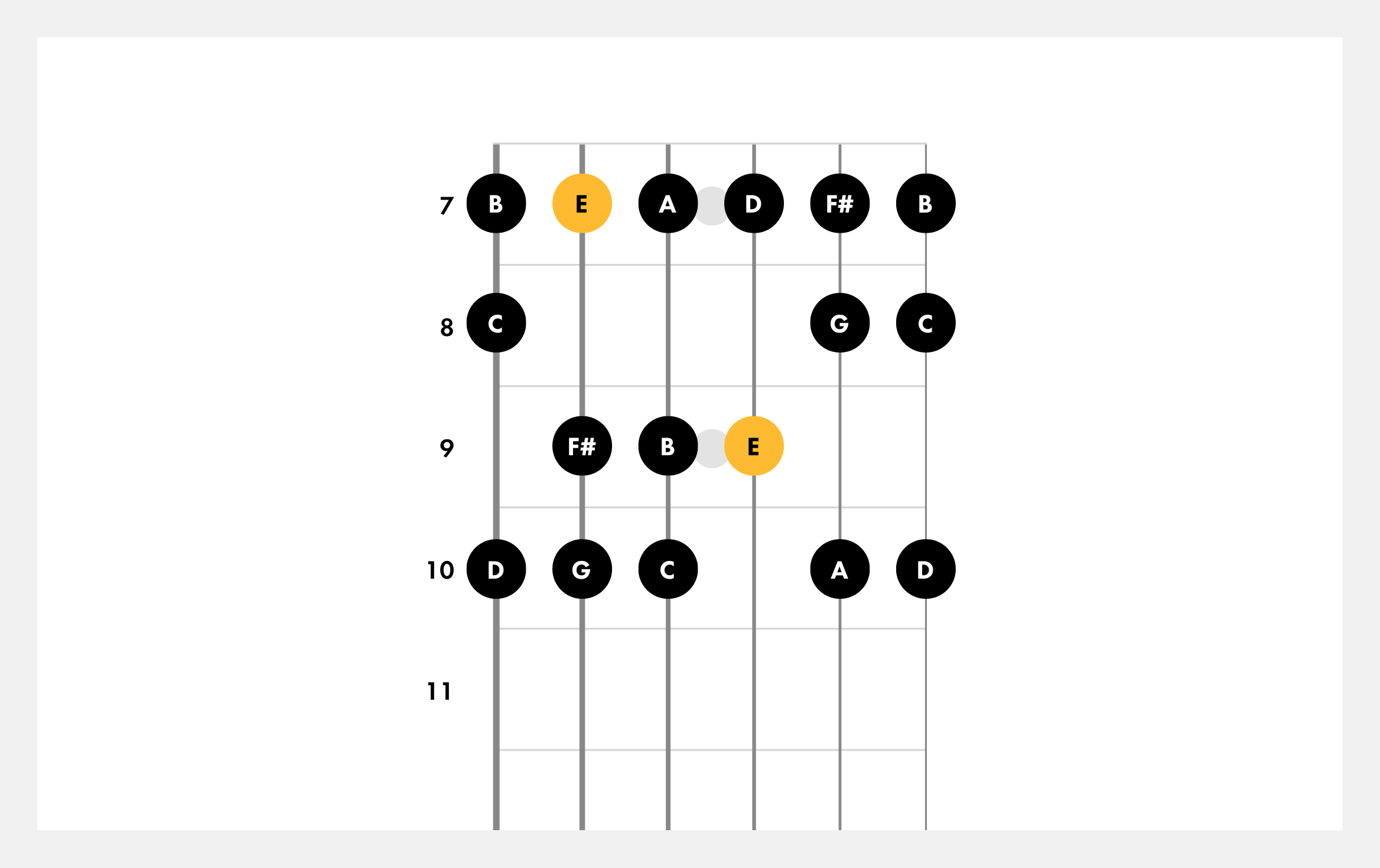


How To Play E Minor Guitar Scales Fender Play
List of all Natural Minor Scales There are 12 natural minor scales Natural minor scale with no sharp or flat A Minor Scale A – B – C – D – E – F – GNotes in the Eflat natural minor scale E♭, F, G♭, A♭, B♭, C♭, D♭ Scale Formula W, H, W, W, H, W, W W Whole Step, H Half Step Eflat natural minorThey always follow the "W H W W H W W" formula There is another way to discover the natural minor scale


The E Minor Scale Three Types How To Form



The Ultimate Guide To Minor Keys Musical U
Scale Formula 1 2 b3 4 5 b6 b7;The Major/Minor Relationship In our article, "Learning the Fretboard – Quick Guide to The Guitar's Fretboard Notes," I discuss the relationship between major and minor scales If you need to brush up on that concept then now would be a good time to review that article For those of you who are already familiar with the concept—or have little interest in music theory beyond thisNotes in the E natural minor scale E, F♯, G, A, B, C, D Scale Formula W, H, W, W, H, W, W W Whole Step, H Half Step E natural minor scale notes on piano



Combining The Harmonic Minor Scale With The Major Scale


Jazclass Jazz Scales Lesson Harmonic Minor Scale In All Keys
Here are the fingering charts of the D Minor minor scale Note i — Dsharp / Eflat Note ii — Esharp Note iii — Fsharp Note iv — Gsharp Note v — Asharp Note vi — B Note vii — Csharp Note i — Dsharp The E Minor Scale The relative major of E minor is G major This scale has one sharp Fsharp Here are the notes ofThere are four minor modes (those with minor 3rds), and we have already seen one of them, Aeolian Since we are familiar with Aeolian—we know the scale by its other name, natural minor —we will use it as a point of reference The following contrasts the Aeolian scale with the other three minor modes Dorian, Phrygian, and LocrianNatural minor scales contain the same notes as the major scales with tonic notes a minor third higher (eg an A natural minor scale contains the same notes as a C major scale, a D natural minor scale contains the same notes as an F major scale, etc) They just start and end on different notes


Bass Guitar Scale E Minor



B Natural Minor Scale Piano Music Theory
There are four minor modes (those with minor 3rds), and we have already seen one of them, Aeolian Since we are familiar with Aeolian—we know the scale by its other name, natural minor —we will use it as a point of reference The following contrasts the Aeolian scale with the other three minor modes Dorian, Phrygian, and LocrianThe E Minor scale are connected to the key of E Minor, they contain same notes E Minor is sometimes written as Em in shortened form Sometimes written as Natural Minor to distinguish it from other Minor scale categories Melodic Minor A Minor scale that differ from the natural Minor by containing one instead of three flattened notesThe intervals between the notes of a natural minor scale follow the sequence below whole, half, whole, whole, half, whole, whole where "whole" stands for a whole tone (a red ushaped curve in the figure), and "half" stands for a semitone (a red angled line in the figure) The natural minor scale is maximally even Harmonic minor scale Construction



Alvin Tse Minor Scales



Harmonic Minor Scale And Chords Natural And Melodic Minor Piano Music Scales
Scale Intervals W H W W H W WHere are the E Minor Scales the natural minor scale, the melodic minor scale, and the harmonic minor scale Fingerings are included Learn the scales ascending and descending First, try one octave, and then try two octaves (Eventually, you should be able to play each scale with both hands, ascending and descending, four octaves)A Natural Minor Scale 3 Notes Per String Fretboard Diagrams Pentatonic Scale Fluency available from Amazon Pentatonic Scale Fluency Available on Kindle and Paperback Master the minor pentatonic scale using the whole fretboard If you are stuck in the pentatonic box then this is the way out of it Learn how to play up and down the neck with



Harmonic Minor Scale



Why Are There 3 Minor Scales School Of Composition
Title minor scales trumpet Full Score Author Joe Created Date 3/19/12 AMBig list of common triads and four note chords of the scale E Minor Big list of common triads and four note chords of the scale E Minor Menu FeelYourSound;The E natural minor scale has 1 sharp This minor scale key is on the Circle of 5ths E minor on circle of 5ths, which means that it is a commonly used minor scale key Middle C (midi note 60) is shown with an orange line under the 2nd note on the piano diagram These note names are shown below on the treble clef followed by the bass clef
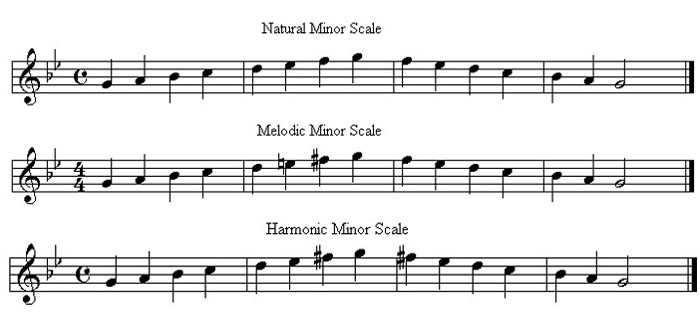


Harmonic Minor Scale



What Are The Technical Names In Music What Do They Mean School Of Composition
By The natural minor scale, also known as the Aeolian mode is one of the most used guitar scales in rock and popular music The scale can be formed by using the same notes as a major scale, but starting and ending the scale on the 6th degree of the major scale, and considering this 6th degree as the rootThe distinction between the E natural minor scale and the E harmonic minor scale is a D# This D# is resolving the problem of a missing leading tone in E natural minor scale But the same change is also bringing a distinct difference, a huge unusual gap between the sixth and the seventh note of the E harmonic minor scaleThe distinction between the E natural minor scale and the E harmonic minor scale is a D# This D# is resolving the problem of a missing leading tone in E natural minor scale But the same change is also bringing a distinct difference, a huge unusual gap between the sixth and the seventh note of the E harmonic minor scale


Untitled


Melodic Minor Scale On Guitar Everything You Need To Know
E harmonic minor scale The Melodic Minor Scale Now onto the third type of minor scale which is the melodic minor Melodic minor scales are quite different from natural and harmonic minors as they use different notes when ascending (going up) and descending (going down)The E harmonic minor and melodic minor scales are Much of the classical guitar repertoire is in E minor, as this is a very natural key for the instrument In standard tuning (E A D G B E), four of the instrument's six open (un fretted ) strings are part of the tonic chordThe scale that is created by playing all the notes in a minor key signature is a natural minor scale To create a natural minor scale, start on the tonic note and go up the scale using the interval pattern whole step, half step, whole step, whole step, half step, whole step, whole step Figure 422 Natural Minor Scale Intervals



E Minor Wikipedia



Following On From The Major Scale Chart Here Is How The Minor Scale Compares This Is E Natural Minor Music Theory Guitar Music Theory Music Theory Lessons
List of All Natural Minor Scales with Notes, Diatonic Triads, & Relative Majors Here's a list of all minor scales in order of fifths Each scale includes the notes, diatonic triads within in the key, and the relative majorUse this list alongside the circle of fifths to help yourself understand and memorize scales and their relationships with one anotherFor example E Phrygian is a minor mode, therefore it should be compared to E Natural Minor and not E Major By doing so, we would find out that the two scales differ from each other by one note F in the Phrygian mode instead of F# which appears on the E Natural Minor scale There is an exception, and that is the Locrian modeNatural Minor Scale Positions This lesson will help you unbox the natural minor scale across the entire fretboard We'll do this in exactly the same way we do in the other scale lessons by using natural minor scale positions built around its 7 scale degrees So, to start with, we need to lay out the intervals of natural minor across the low E string to give us our "position points"



E Minor Wikipedia



Viola Online Scales Viola Two Octave Minor Scales
Any C minor scale (natural, harmonic, or melodic) is a relative minor scale of E♭ major;E Melodic Minor Scale Tonic The 1st note of the E melodic minor scale is E Major 2nd The 2nd note of the scale is F# Minor 3rd The 3rd note of the scale is G Perfect 4th The 4th note of the scale is A Perfect 5th The 5th note of the scale is B Major 6th The 6th note of the scale is C#


Q Tbn And9gcs13h860p Aevg4njodsocxeiazqjzi3nwbq3exrttpmlpl7vlc Usqp Cau



Basicmusictheory Com E Natural Minor Scale



Natural Minor Scale Guitar Tutor
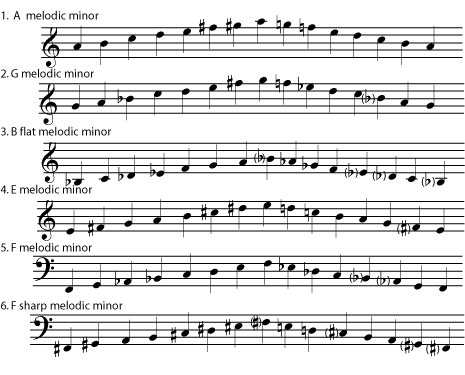


Minor Music Scales Natural Melodic Harmonic Minors


Http Static1 Squarespace Com Static 521bb4bee4b093a8696f53f1 T 561af3efe4b0ae8c3b9f865f Int1 3s E Natural Melodic And Harmonic Minor Pdf



Understanding Piano Scales Major Minor And Blues Scales Updated 21
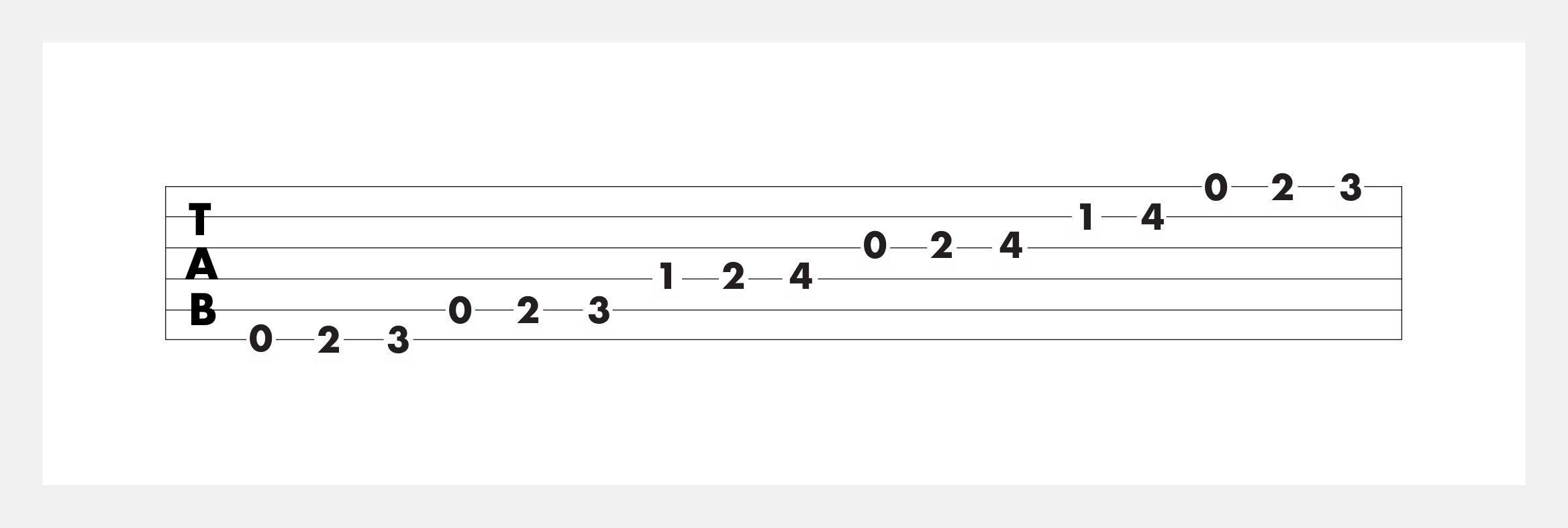


How To Play The Harmonic Minor Guitar Scales Fender Play


The E Minor Scale Three Types How To Form



D Harmonic Minor Scale Note Information And Scale Diagrams For Guitarists



Harmonic Minor Scale On Bass Fingerings For Bass Guitar
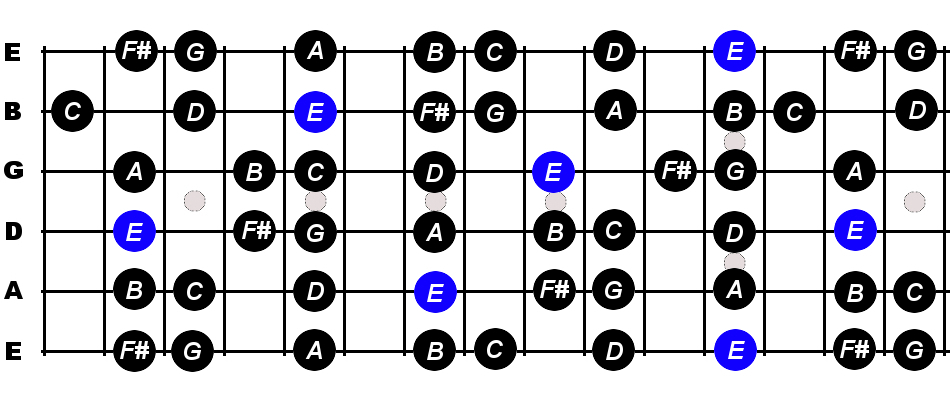


E Minor Scale For Guitar Constantine Guitars



E Minor Chord On Guitar Chord Shapes Scale Popular Songs In The Key



Why Do The Notes Of Melodic Minor Scale Change When You Play It In Descending Order Music Practice Theory Stack Exchange


The E Minor Scale Three Types How To Form
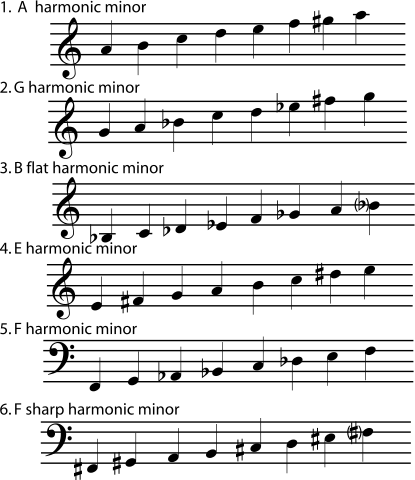


4 4 Minor Keys And Scales



Harmonic Minor Scale On Bass Fingerings For Bass Guitar


Q Tbn And9gcrfqytmowz6kyknol91ytl2fm2aihn5xqcacqalrw5elmzghu Usqp Cau



The Ultimate Guide To Minor Keys Musical U



E Natural Minor Scale And Its Related Pentatonic Scale


The Freakiness Of Melodic Minor The Ethan Hein Blog


Q Tbn And9gcsx8i2ukp Gxtlbie8dkfznikom6wgzw 3 Dxbj3uckyo Cjwiw Usqp Cau



Why Are There 3 Minor Scales School Of Composition


Blogozon No 11 Edcag Octaves E Harmonic Minor Scale Box Shapes Slash S Guitar Solo From Sweet Child O Mine



E Natural Minor Scale Note Information And Scale Diagrams For Guitarists



Why Do The Notes Of Melodic Minor Scale Change When You Play It In Descending Order Music Practice Theory Stack Exchange



Harmonic Minor Scale On Bass Fingerings For Bass Guitar


Minor Scales Musical Scales That Test Your Pitching Ability Your Personal Singing Guide


The E Minor Scale Three Types How To Form



E Natural Minor Scale Piano Music Theory


Spanish Minor Guitar Scale Patterns Chart Key Of E By Jay Skyler
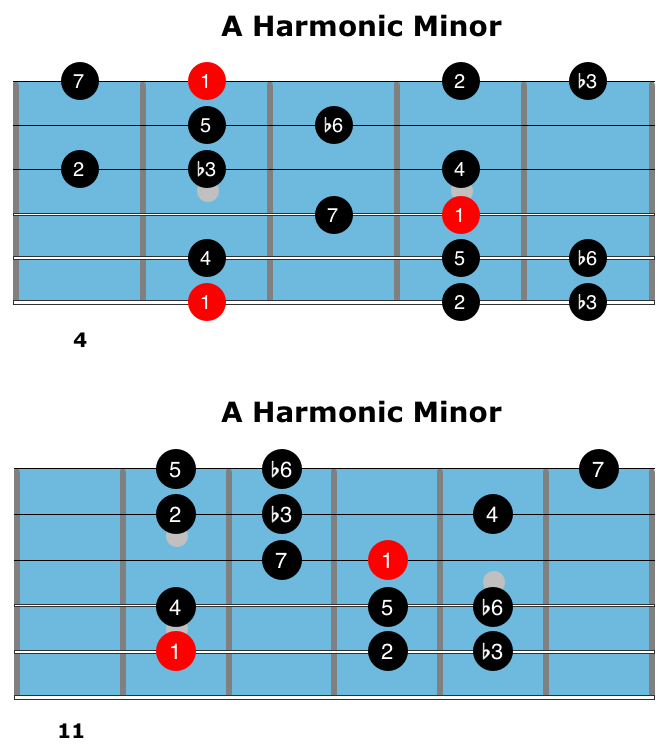


The Harmonic Minor Scale For Jazz Guitar
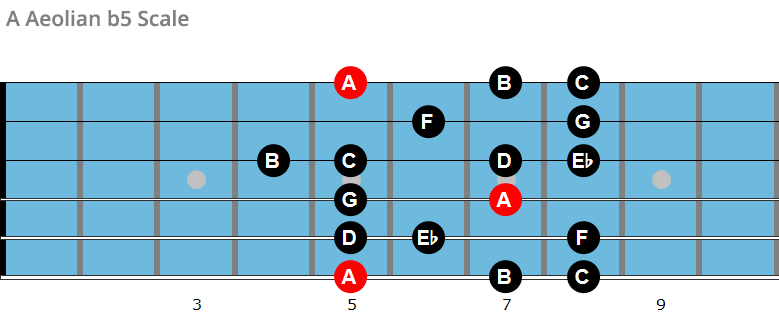


The Melodic Minor Scale And Its Modes



Harmonic Minor Scale And Chords Natural And Melodic Minor Piano Music Scales



Basicmusictheory Com E Natural Minor Key Signature


The E Minor Scale Three Types How To Form



The Minor Scales Natural Harmonic And Melodic Hello Music Theory



A Harmonic Minor Guitar Fretboard Knowledge



Key Of E Minor Scale Key Signature And Primary Chords Youtube



The Minor Scales Music Theory Academy
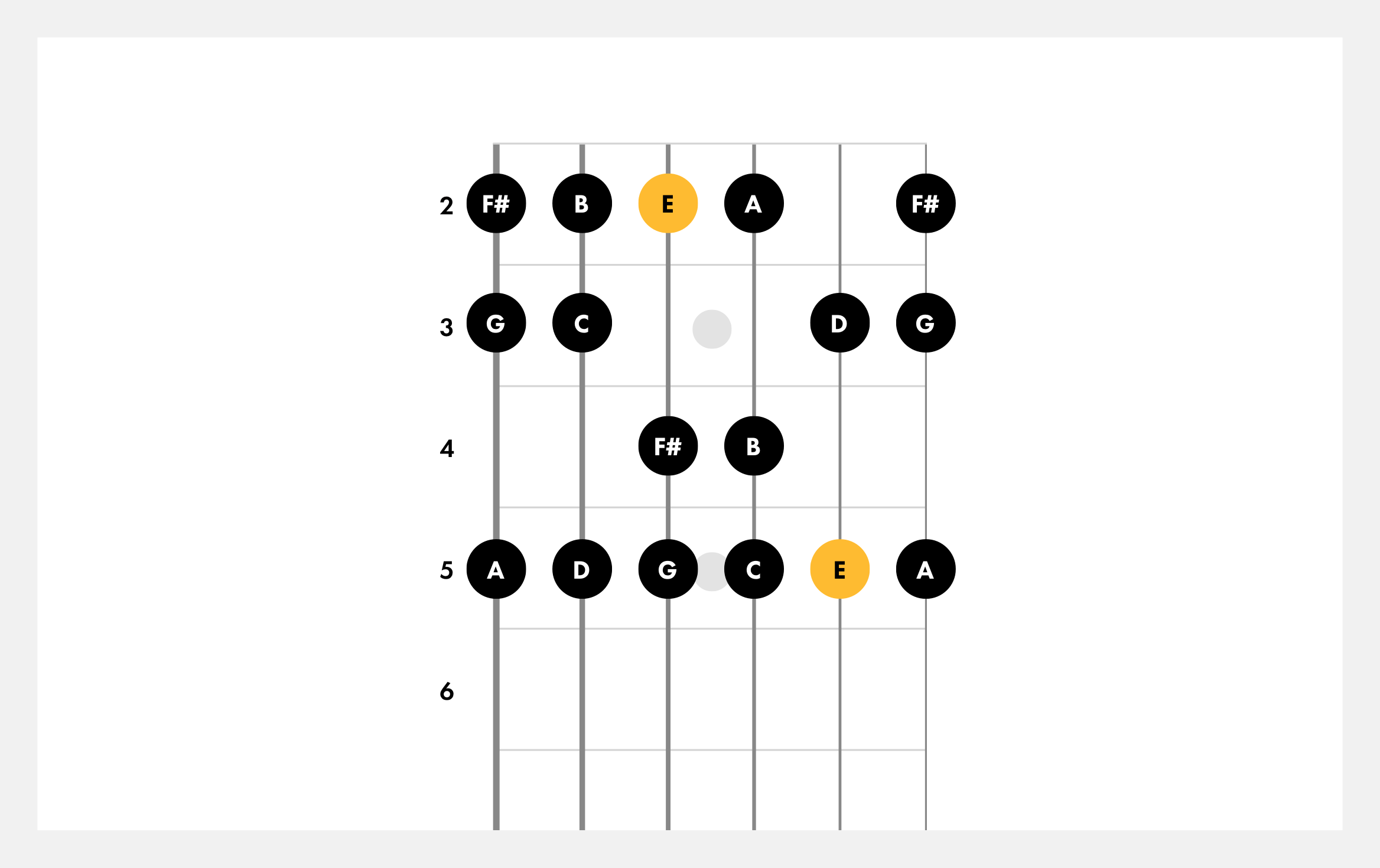


How To Play E Minor Guitar Scales Fender Play



The A Natural Minor Scale



How To Form And Play E Harmonic Minor Scale On Piano Youtube



Minor Scales Scale Degrees And Key Signatures Open Music Theory



Basicmusictheory Com E Harmonic Minor Scale



E Natural Minor Scale Note Information And Scale Diagrams For Guitarists


Jazclass Jazz Scales Lesson Harmonic Minor Scale In All Keys



Natural Minor Scale Guitar Tutor



Harmonic Minor Scale 3 Notes Per String Jens Larsen
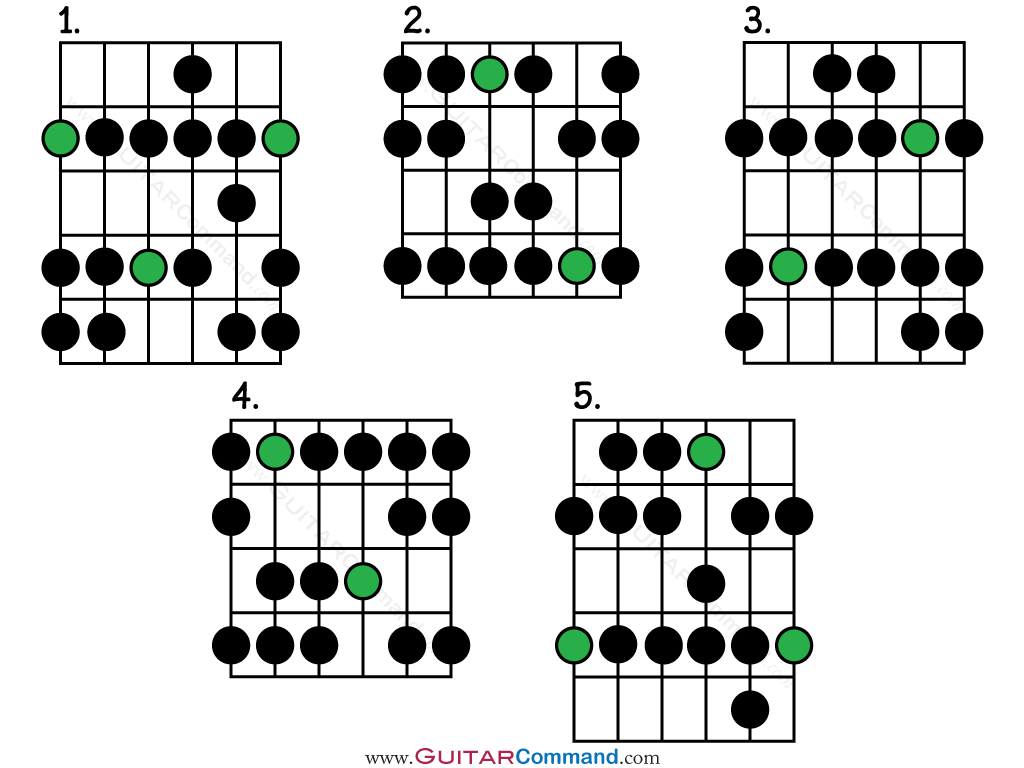


Natural Minor Scale Guitar Patterns Tab Notation Diagrams Lesson



The Minor Scales Music Theory Academy



Basicmusictheory Com E Natural Minor Scale



The Minor Scales Natural Harmonic And Melodic Hello Music Theory



Music Theory For Producers Minor Scales Part 3 Creating Tracks


The E Flat Minor Scale Eb Minor Scales On Piano Treble And Bass Clef Natural Melodic Harmonic Minor Scale



E Harmonic Minor Scale



Dolmetsch Online Music Theory Online Minor Scales



Exploring The Natural Minor Scale Guitarhabits


Untitled



Combining The Harmonic Minor Scale With The Major Scale



Basicmusictheory Com E Natural Minor Scale


Minor Key Signatures


Melodic Minor Scale On Guitar Everything You Need To Know


The Minor Scales And Chords Portland Piano Lab



Why Are There 3 Different Minor Scales Free Online Piano Lessons The Note Pianote Lisa Witt


E Natural Minor Scale Guitar Drone Fest



Basicmusictheory Com E Natural Minor Scale



E Minor Scale Piano Music Theory



Harmonic Minor Scale For Guitar Gosk
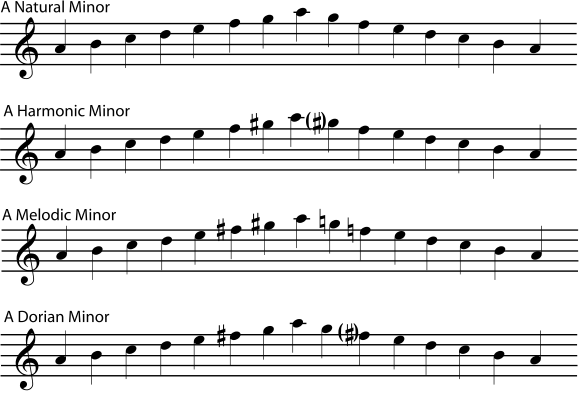


4 4 Minor Keys And Scales



Minor Chord Progressions Write Deeply Emotional Music Musician On A Mission



Why Are There 3 Different Minor Scales Free Online Piano Lessons The Note Pianote Lisa Witt



Chords Of The Melodic Minor Scale Arthur Fox Music


Q Tbn And9gctecd569iuarpbjhgfjq0oygbvwu39r6h2l4icp4suyinlbhraw Usqp Cau



Melodic Minor Scale Caged Jens Larsen



E Natural Minor Scales For Guitar Guitarnick Com



The Minor Scales Natural Harmonic And Melodic Hello Music Theory


コメント
コメントを投稿